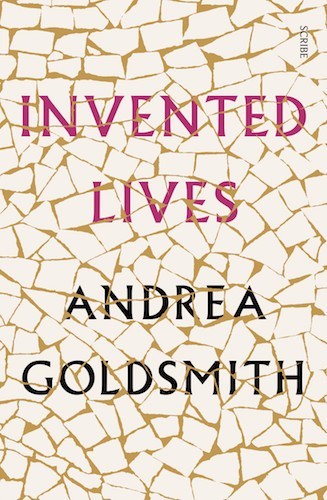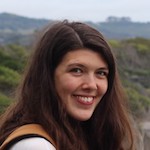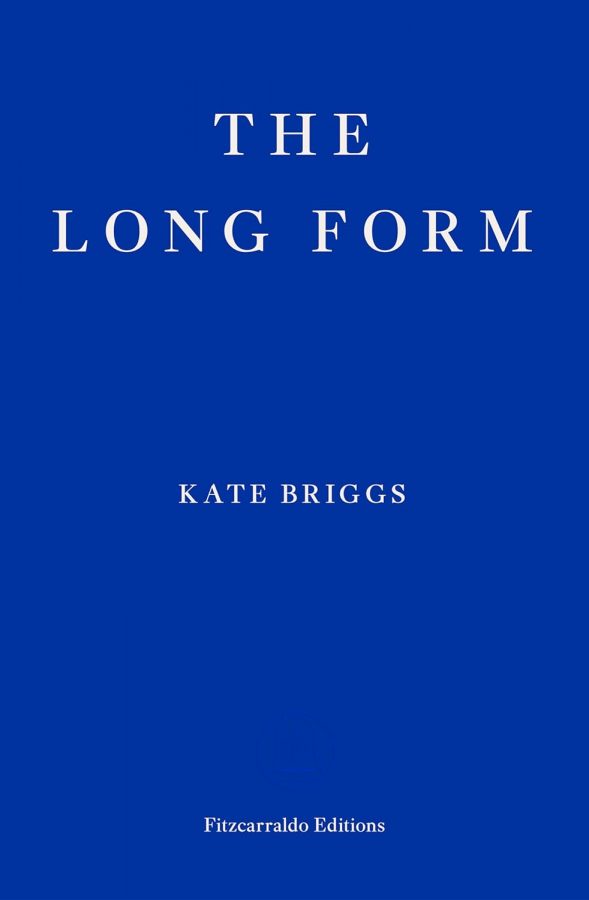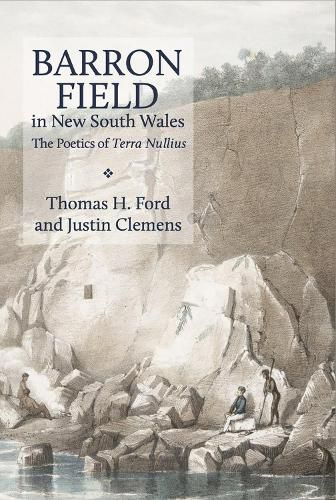Invented Lives, Andrea Goldsmith’s eighth novel, explores how and why people construct the lives they live. The novel’s four protagonists come to understand how they have formed the identities they project and how these differ from how they perceive themselves. To invent is derived from the Latin invenire: to find out or discover. By discovering how they have created their identities, Goldsmith’s characters can decide how best to understand themselves.
The novel is predominantly set in Melbourne, but it starts in Leningrad in late 1985, as 24-year-old Galina Kogan mourns the death of her mother, Lidiya. They had intended to escape the Soviet Union together for America, seeking exile as Soviet Jews. On the day her mother dies, however, Galina collides in the street with Andrew Morrow, a shy 25-year-old Australian mosaicist studying in her city. Galina, seeing this meeting as ‘an omen’, decides to move to Australia – a country that ‘the paucity of reference books’ in her local library suggests ‘barely existed’.
Galina and Andrew travel to Melbourne separately: Andrew’s journey takes two days, Galina’s nine months. A year after arriving, Galina calls Andrew in a moment of loneliness. They become friends and Andrew introduces Galina to his parents, Sylvie and Leonard, apparently as his girlfriend. Sylvie is a ‘domestic queen’ and Leonard appears to be a dependable businessman. However, Sylvie admires Galina’s willingness to take risks and secretly wonders whether her own marriage limits her potential. Leonard is a failed poet, a man Galina recognises as familiar with the state of exile. Unspoken secrets in their marriage begin to emerge. The narrative tracks between the lives of these four protagonists, showing the consequences of their decisions and how much they conceal from each other.
Goldsmith uses exile as an allegory for universal feelings of estrangement, alongside the specificity of Galina’s adaptation to life in Australia. The novel’s opening epigraph is taken from The Fifth Impossibility: Essays on Exile and Language (2012) by Romanian writer Norman Manea:
Exile itself has become an emblem, no matter whether it is experienced by someone in his own country, his own room, and in his own language, or outside and far removed from them. The moment we are all experiencing is convulsive. The theatre of the world is convulsive … no matter where we live. We are all exiles.
Manea suggests that exile has become representative of a universal experience of alienation, induced by upheavals – or convulsions – out of an individual actor’s control. The notion that all people are exiles seems to be a paradox, as it implies an experience of shared isolation. Goldsmith’s decision to use this epigraph invites readers to consider how the characters in Invented Lives are in exile and how this is induced by their ‘convulsive’ world.
Earlier in the same essay collection, Manea describes the experience of exile as ‘the exhilaration and anxiety of liberation, the nostalgia of belonging, and the shock of estrangement’. Exiles are ‘reborn’ in their new countries ‘from anonymity and the trauma of the unknown’. Manea terms exiles ‘the risk being par excellence’ when they have ‘finally accepted the suffering, honor, and privileges of exile’.
The clearest and most prominent ‘risk being’ in Invented Lives is Galina, who leaves her homeland, never to return, to seek hope in a country she knows little about, where she knows no-one. The novel follows Galina’s process of reconciling her past and present identities and split national affiliations. She goes through a process of purging, listening and absorbing for her own protection, learning as much information about her new surroundings as possible, so not to ‘drown in all the newness’. Galina is impressed by her new freedom, but fears that assimilation requires ‘self-annihilation’. Galina feels freest when she accepts that her identity is shared between her homeland and the country she chose to live in, experiencing finally the ‘privileges’ of exile. She creates an illustrated book, When Melbourne Meets Leningrad, comparing life in the two cities and drawing upon her unique perspective. The book is nonetheless sanitised for its Melbourne readers, as ‘apparently beer, vodka and kvass carts were not considered suitable for Australian children’. However, Galina’s greater understanding of her status as an exile arrives towards the end of the novel, when she allows her Russian knowledge to inflect and even deepen her relationship with Australia:
This presence … absorbed a strange seepage from her Russian past as lines of poetry filtered through her mind. Mandelstam’s I have studied the science of departures, Akhmatova’s The paths to the past have long been closed, and Mayakovsky, from a poem she loved as a girl, Surely, if the stars are lit there’s somebody who longs for them.
Earlier in the narrative, reminders of the Soviet Union have unsettled Galina, who is taken aback by ‘the sheer force of the past’. Yet, in this moment, she comes to realise that repressing her past narrows her present and limits her future.
Andrew Morrow’s parents only fully enter the narrative 120 pages in, yet their relationship with Galina and one another becomes a major focus for the rest of the novel. Sylvie is introduced when breaking into her late neighbour’s house to steal letters for her collection. She is demeaned by her son, affectionately, as a ‘housewife with serial passions’. Both Sylvie and Leonard feel initially freed by the other’s trust in them and conviction in each other’s ordinariness: ‘Leonard wouldn’t believe [Sylvie] capable of doing anything out of the ordinary, much less illegal’, while she convinces herself that Leonard does not harbour ‘any significant secrets; he was simply not that sort of man.’ Leonard runs a library supplies company named ‘Morrow & Son’: his son’s involvement being ‘mythical’, added for false respectability. For Leonard and Sylvie, respectability is the ‘perfect alibi’, enabling them both to live parallel lives, without each other or their wider circle knowing. Yet, after Galina’s arrival, their stability is disturbed.
Galina perceives Leonard to be a fellow exile: he was ‘the one who seemed to best understand her situation, who was able to recognise that cramping of the familiar self that characterises exile and displacement.’ Goldsmith relays that Leonard first ‘learned the art of self-protection’ at school to disguise his lack of interest in sport. By fourth grade, ‘he was a fully fledged actor in a life of his own crafting’. He plays his part so convincingly that he forgets he is pretending: pretence becomes comforting to him. As a teenager, he is full of desire and ambition, but being deeply repressed, he finds them difficult to articulate: ‘he wanted LIFE and he wanted FREEDOM, and yes, writ large. But as to the content of that life and the expression of that freedom, he could not say.’ There is great bathos in the contrast of his lofty ideals and more mundane reality.
Leonard does find a form of freedom as an adult in a long-term sexual relationship with a man, outside his marriage to Sylvie. He does not identify as gay and refuses to admit he could be ‘in denial’: ‘he was not hanging out in any closet; he was a married man, a family man, who liked to have sex with men.’ It is only when his partner threatens to leave him, scared by the growing AIDS epidemic, that Leonard finally reassesses his self-perception and identity.
Throughout the narrative, Sylvie and Leonard are torn between their ‘inborn instinct for self-preservation’ and their ‘irrepressible need to risk’ (Manea). This tension leaves them in a position of stasis: outwardly stable, but actually self-protective. Both of them read to open up new possibilities, but keep their discoveries to themselves, out of fear of exposing their desires through their choices.
Each of the central characters is artistic – Galina is an illustrator, Andrew a mosaicist, Leonard a (failed) poet, Sylvie a letter collector and aspiring writer – with their artistic ambitions repressed or limited to varying degrees throughout their lives. In The Fifth Impossibility, Manea argues: ‘A human being defined by the risk of individualization—and art is the very exponential function of risk, of creative freedom — remains essentially vulnerable.’ Goldsmith shows how her characters’ engagement with art leaves them vulnerable. Sylvie fears that her interest in collecting other people’s letters reveals her to be a voyeur, but also to be an ambitious risk-taker, with aspirations outside marriage, which would alienate her from her friends and safe domestic identity. Meanwhile Leonard’s choice of poetry reveals his sexual desires:
…in 1962, Leonard was reading Walt Whitman; in 1963, he read W.H. Auden; in 1964, Cavafy; in 1965, Lorca … In 1966, he read [Allen Ginsberg]; in 1967, Siegfried Sassoon.
Galina and Andrew discuss how art is valued differently in Australian and Russian cultures. Many of their conversations act as a form of cultural negotiation. While this usually fosters mutual understanding, occasionally their different approaches – such as Galina’s contention that calling a lone Melbourne gunman ‘insane’ absolves him of responsibility – lead to an impasse, or ‘conversation stopper’. Their most emotional disagreement takes place when Andrew off-handedly says ‘art never saved anyone’. Galina is horrified that a full-time artist could claim not to see its significance. While Andrew, to appear ‘modest’ or ‘cool’, states that art cannot stop death from ‘bombs’ or ‘natural disasters’, Galina concentrates on the ability of art to sustain hope, inspire people and ‘mute pain’:
The Nazis knew what Andrew was now denying: art saves life, art gives life. And the reams of literature circulated in samizdat in the post-Stalinist years—people risked their life for this art because they knew it would make them stronger.
Goldsmith highlights an interesting discrepancy: art can be seen as a luxury for Andrew and his parents in a ‘comfortable, fear-free life’, whereas the repression of art elsewhere serves to highlight its perceived ability to ‘fortify’ existence. Andrew is initially comically angered by his failure to express himself, raging as ‘he took the rubbish out to the bin’ and wishing he ‘could erase the evening’. He wishes that ‘he lived on a lighthouse far from human company’, desiring his own removal from society for betraying his own values. However, he channels his anger into a mosaic, creating an artwork ‘unlike anything he had ever done before’. Manea follows the epigraph text chosen by Goldsmith with this assertion: ‘Freedom and beauty are what each of us manages to draw from the vast realm of the possible and turn into palpable achievement. As André Breton said, “Beauty will either be convulsive or it will not be at all.”’
Invented Lives is structured around a series of upheavals. The characters’ worlds change and they must decide whether to take a risk or keep their lives as close as they can to before. Characters in this novel are defined by the risks they take, which reveal how much they value freedom and stability. Galina’s risk is the greatest: she has the largest upheaval and the chance of a life-changing reward. Certain Australians she encounters see her only for her difference from them rather than the risk she has taken for herself. Galina is shocked by the ‘fullness’ of Melbourne to Andrew and his parents, which they share with her through tours and photo albums. Instead, her home is identifiable to her by her actions and memories rather than a sense of belonging to her homeland. She is exiled from a time she can never return to – life before her mother’s death – as much as a place. The two become emotionally entangled in her mind. At times, she is haunted less by her country than by a utopia, a ‘no-place’.

Melissa Thorne is a recipient of a 2019 SRB-CA Emerging Critics Fellowship. This is the final of three essays by Thorne that will appear on the Sydney Review of Books, alongside essays by other fellowship recipients, Eloise Grills and Madeleine Gray.







